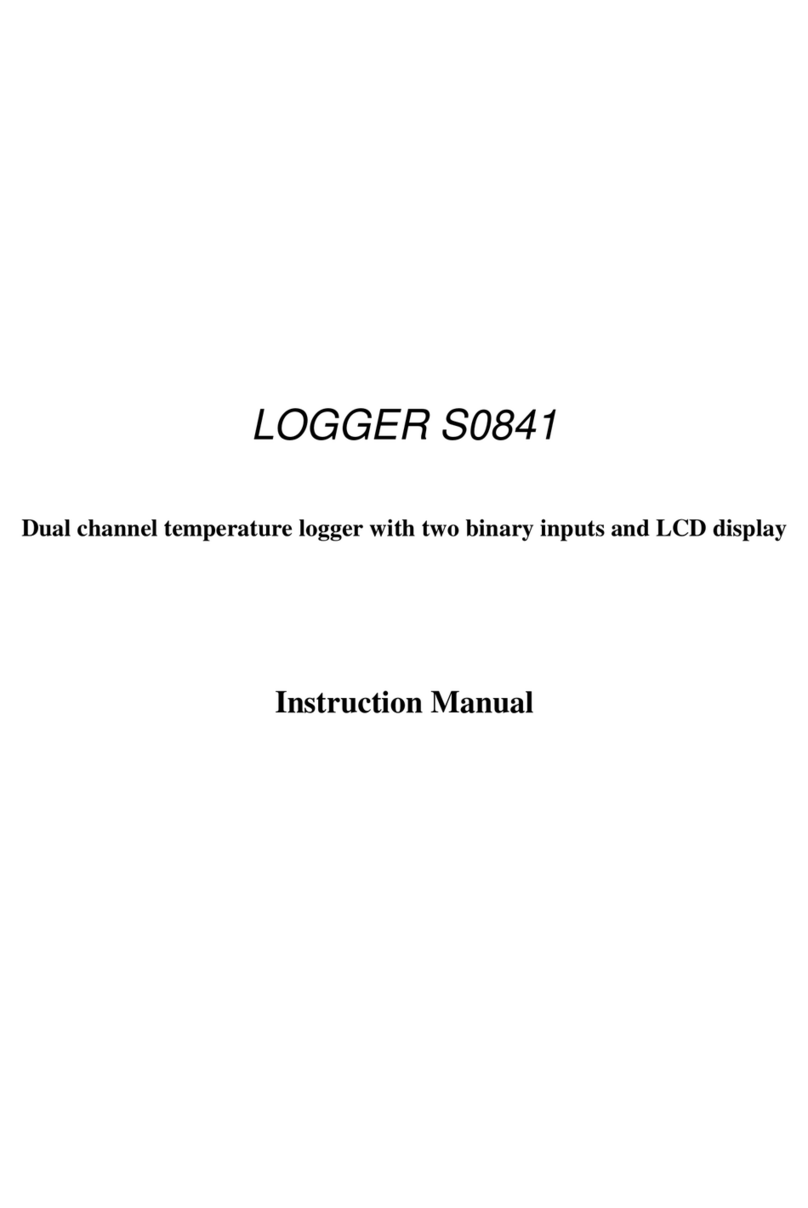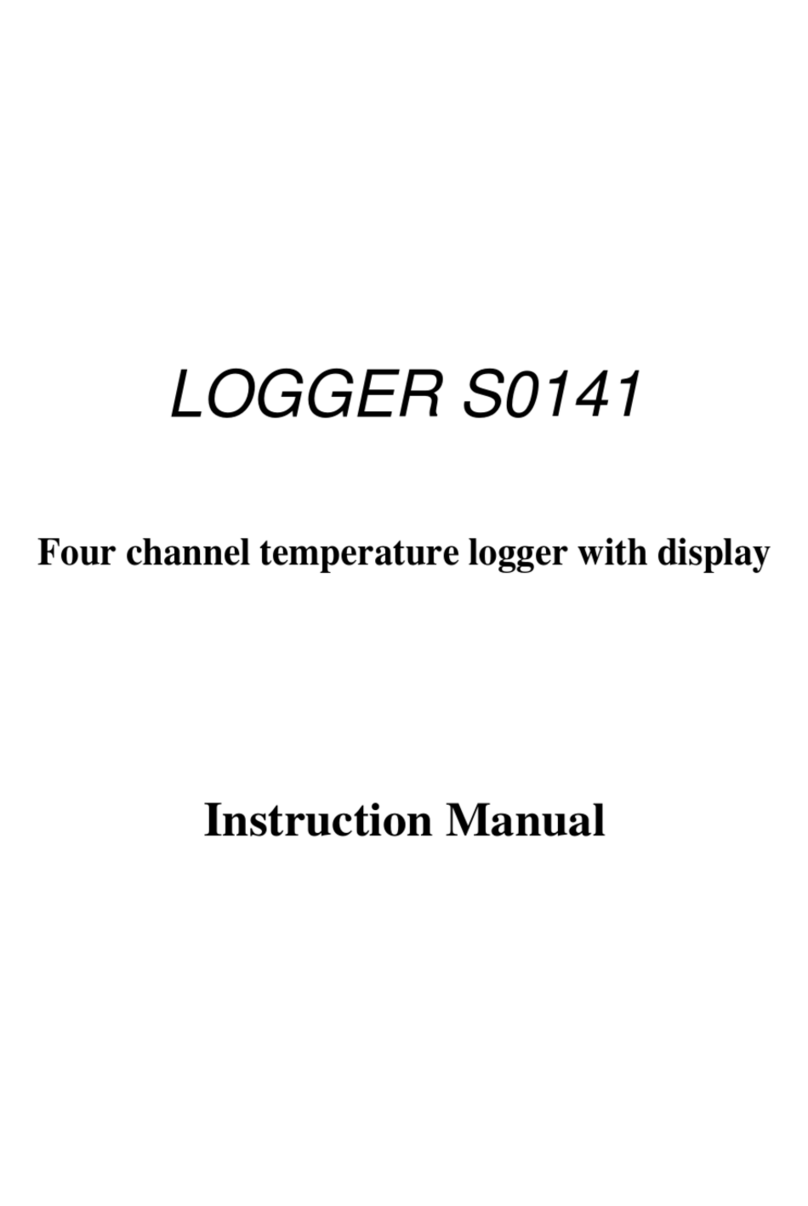
ie-wfs-Wx8xxPlus-04 5
Safety Precautions and Prohibited Handling
Read the following safety precautions carefully before using the appliance,
and keep it in mind during use!
The device includes a radio transmitter operating in the non-license
frequency band with the power specified in the Technical Parameters.
This band and performance are used in the countries of the European
Union. If you are in another location, make sure you can use the device
before turning it on for the first time.
Do not use the device in places where the use of mobile phones, such
as near sensitive medical devices, is restricted on the aircraft or in
places where blasting is taking place.
Observe the authorized storage and operating conditions listed in the
Technical Specifications. Take care not to subject the unit to
temperatures above 60 °C. Do not expose it to direct sunlight, including
solar radiation.
It is forbidden to use the transmitter in a hazardous environment,
especially in areas with the risk of explosion of flammable gases,
vapours and dust.
It is forbidden to operate the unit without a cover. After replacing the
battery or changing the instrument settings using the SP003 cable,
check the seal integrity and screw the device with the original screws.
Always follow the instructions in this manual carefully.
Do not expose the device to aggressive environments, chemicals or
mechanical shock. Use a soft cloth to clean. Do not use solvents or
other aggressive agents.
Do not attempt to service yourself. Any repairs may only be performed
by trained service personnel. If the device has unusual behaviour,
unscrew the device cap and remove the battery. Contact the distributor
from whom you purchased the device.
The device uses wireless communications and SIGFOX networks. For
this reason, the connection cannot always be guaranteed and under all
circumstances. Never rely exclusively on wireless devices for critical
communication purposes (rescue systems, security systems). Keep in
mind that redundancy is required for systems with high operational
reliability. More detailed information can be found e.g. in IEC 61508.
The device contains a special type of battery with other parameters than
conventional AA batteries. Use the type recommended by the
manufacturer in the Technical Parameters (Tadiran SL-2770/S, 3.6 V,
C size).
Replace the battery only with a person who knows the principles of safe
handling of lithium primary batteries. Apply the used batteries to
hazardous waste. In any case, do not throw them into a fire, expose
them to high temperatures, low air pressure and do not mechanically
damage them.
Only use the manufacturer's recommended accessories.





























